Curl Pattern Types: Identify Your Curl Hair Pattern With Curl Pattern Chart
Jump To:
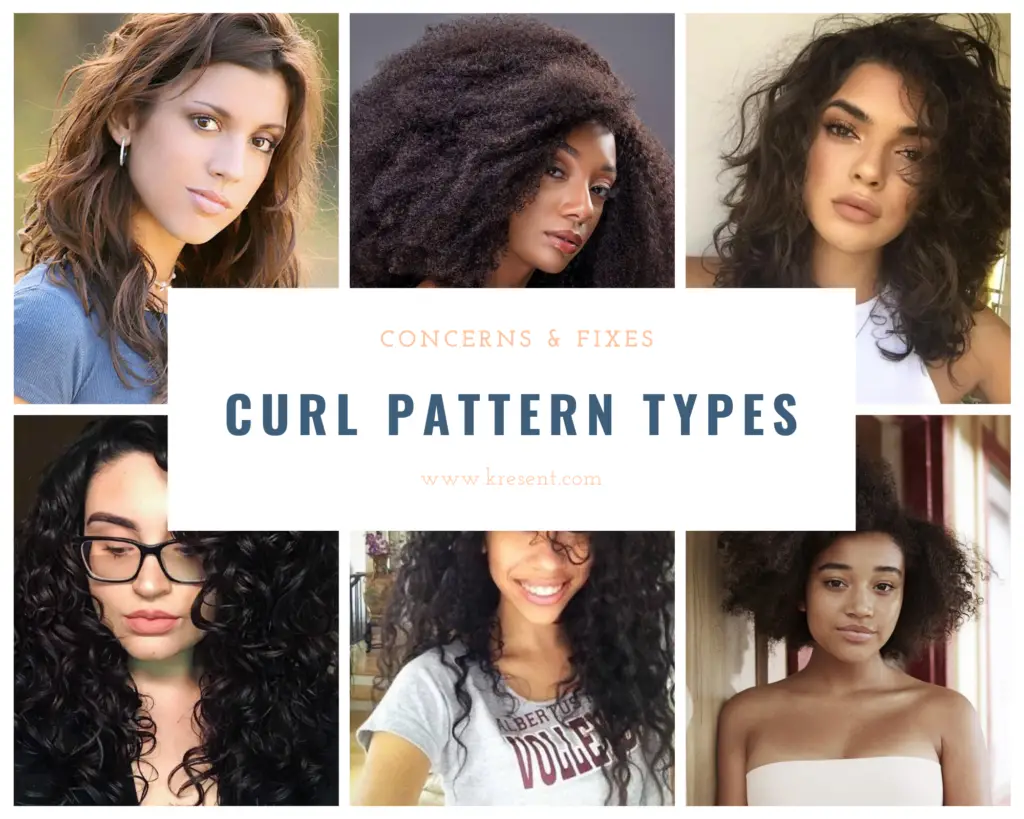
What makes curly hair beautiful is the lively and interesting texture of fabulous-looking curls. But it gets difficult for people to identify whether it is curly hair or just frizzy. Another problem is what kind of curly hair one has. The Andre Walker Hair Typing System was created by celebrity Oprah Winfrey’s hairstylist, Andre Walker, in the year 1990. This system is helpful to find out the category in which a person’s hair belongs, and the curl pattern types with curl pattern chart. Read on for the types of curls, each curl problem, and how to take care of your curls.
Here is how it is categorized, according to the system, the curl pattern chart:
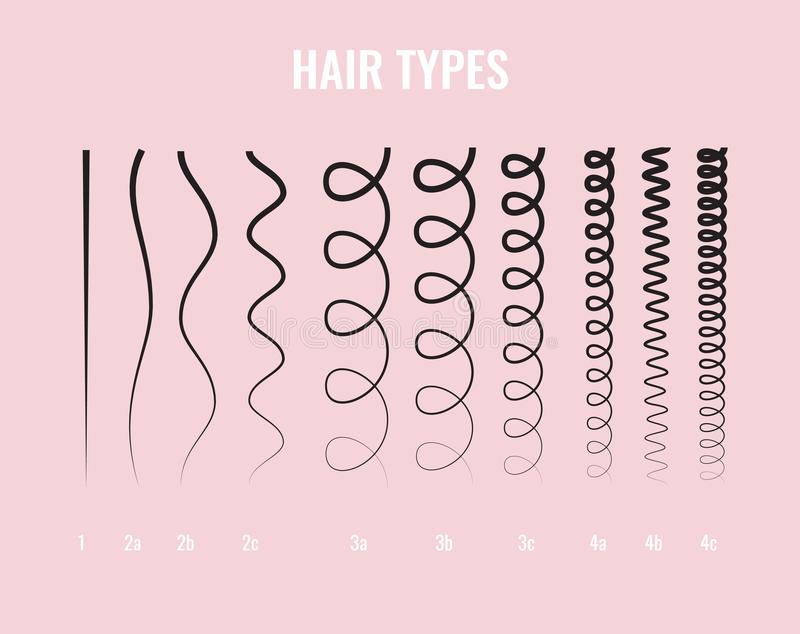
- Straight hair – Type 1
- Wavy hair – Type 2
- Curly hair – Type 3
- Kinky hair – Type 4
Each of them is divided using the letters A, B, and C. It is to be noted that Indian curly hair mainly falls in Type 2 and Type 3.
Here are the ways to determine your curl type:
- The shape of the follicle out of which your hair grows out from your scalp. It depends on how oval-shaped the follicle is—the more circular the cross-section, the curlier the hair.
- The curl pattern also depends on the shape the hair strands make. Many people have a combination of different types of curl hair.
The curl pattern types and shapes are best determined when the hair is sopping wet. NCBI has a record of the percentage of people with different hair patterns.
Here are the types of curls you should know to identify yours:
Type 2 A
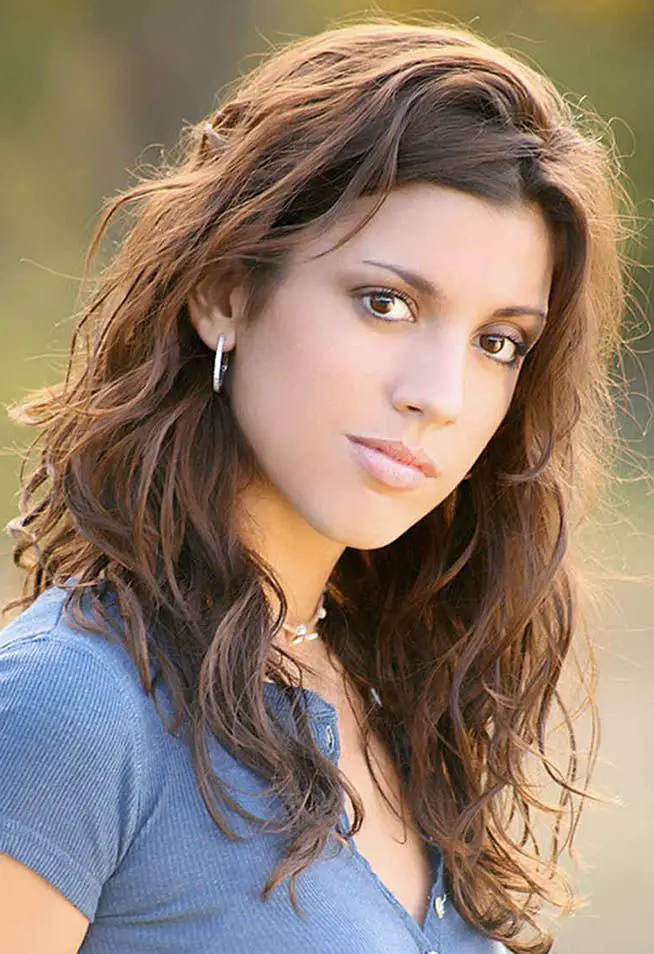
The texture of this hair is tousled wavy. It has definite S patterns at the ends of the hair. This hair can be easily straightened by using the right products.
Concern:
There is not much lift or volume at the roots. When styling products are used, the hair can look limp.
Fix:
One should use an invigorating shampoo and conditioner. Apply a hair serum only at the ends to take care of split ends. For a fuller look, style your hair with a mousse.
Type 2 B
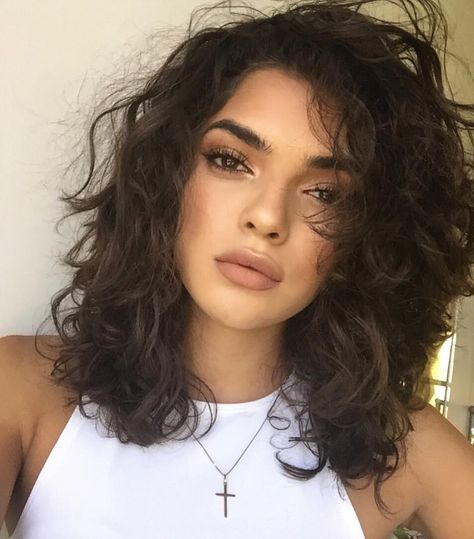
In this, the hair is almost flat at the roots. But the S-shaped waves of hair extend from the mid-length to the end. The hair strands are much thicker than that of the 2A type.
Concern:
At times this kind of hair looks greasy and lifeless at the roots. The middle length and ends can turn frizzy.
Fix:
You need to wash your hair using shampoo and conditioner that is good at nourishing. Applying Hair elixir to the lengths and letting it dry naturally can work wonders for this type of hair. You can then use some texturing spray on the lengths to get a beautiful beachy wave texture.
Type 2 C
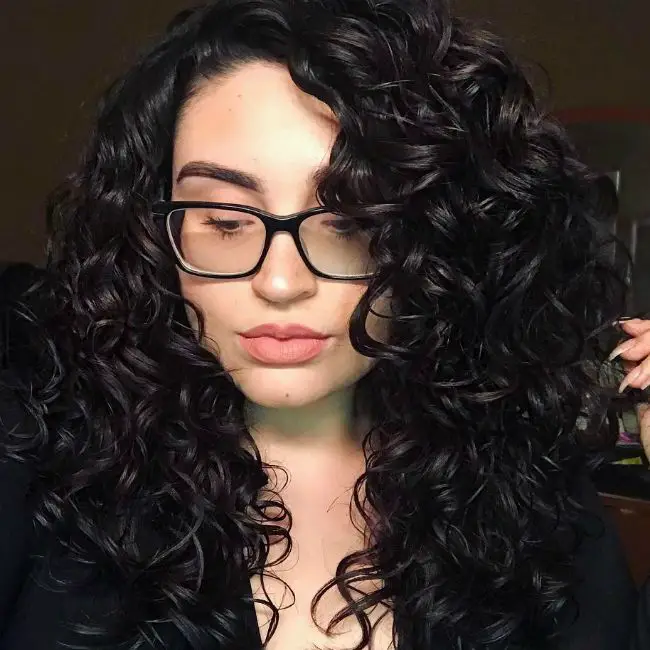
This kind of baby hair is thick and dry. It is prone to frizzing up but is well defined and starts right at the roots.
Concern:
It is excessively frizzy and has a lot of volume.
Fix:
One should use a sulfate-free shampoo and conditioner to remove the frizziness. Using a leave-in conditioner can help in moisturizing the strands.
Type 3 A
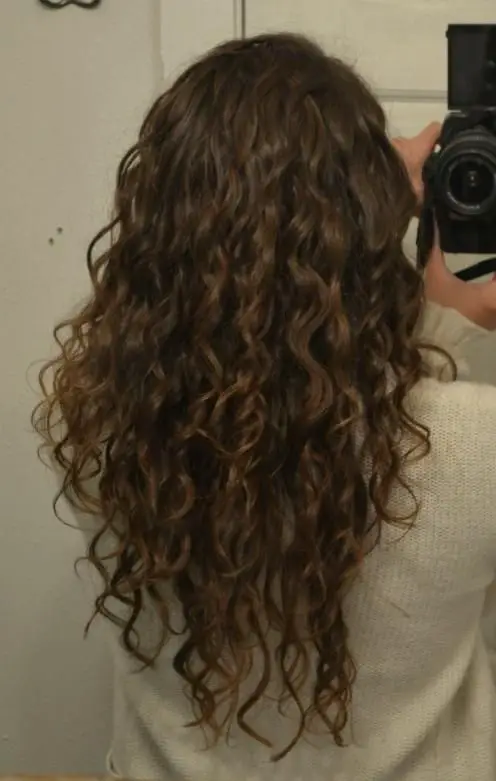
The 3 A type of hair has shiny curls that usually coil large and are loose. If not combed, it has a bouncy finish.
Concern:
One should take care of frizziness and flyaways.
Fix:
Using a moisturizing shampoo and conditioner can help one with this hair. It is very important to use heat protectant serum to maintain the curls using a minimal amount of curl cream. Using too much of this cream can make your hair look crunchy.
Type 3 B
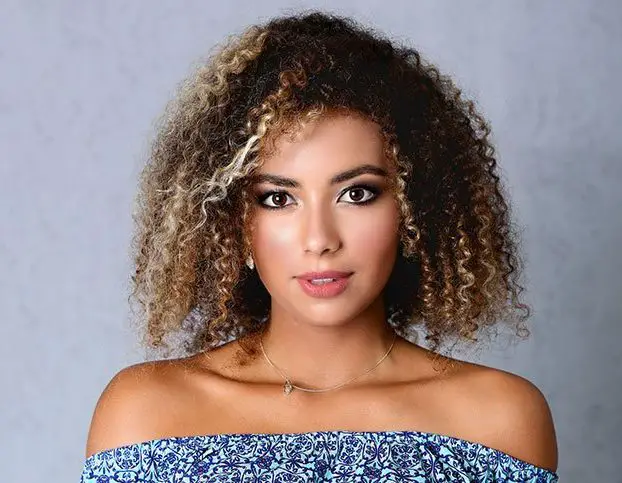
The curl texture of the 3 B type of hair is more aggressive with a coarse spiral pattern. The hair strands are more bouncy and have a tighter curl pattern than 3 A.
Concern:
This kind of curl type gets dry easily and quickly. Thus, becoming frizzy too soon.
Fix:
Use a shampoo and conditioner for softening. Drying hair with a diffuser and using a heat protectant cream can work well. And dry hair with a diffuser.
Type 3 C
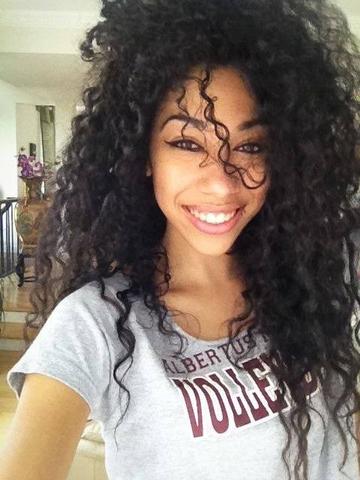
The curl pattern type can be described as a tightly coiled hair strand texture. The hair is thick and has a lot of volumes.
Concern:
It can get very frizzy once the hair is dried.
Fix:
Wash hair with a sulfate-free moisturizing shampoo that has a creamy consistency and follows up with a conditioner. Style the hair when it is damp and let it dry naturally. Apply a leave-in cream to damp hair, and then take some styling mousse and scrunch it into the hair for definition and control.
Type 4 A
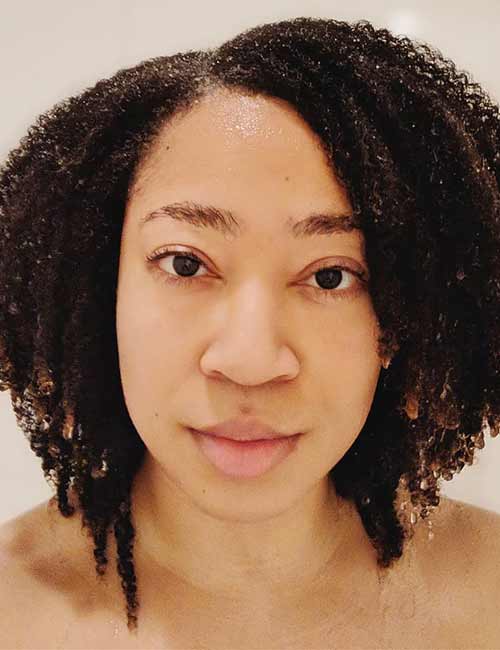
People with 4A hair type have dense, springy, S-patterned coils. These are almost of the same circumference as a crochet needle.
Concern:
Need to maintain hair’s coily texture and softness from time to time.
Fix:
One should use a curling cream and a leave-in moisturizer to add moisture daily.
Type 4B
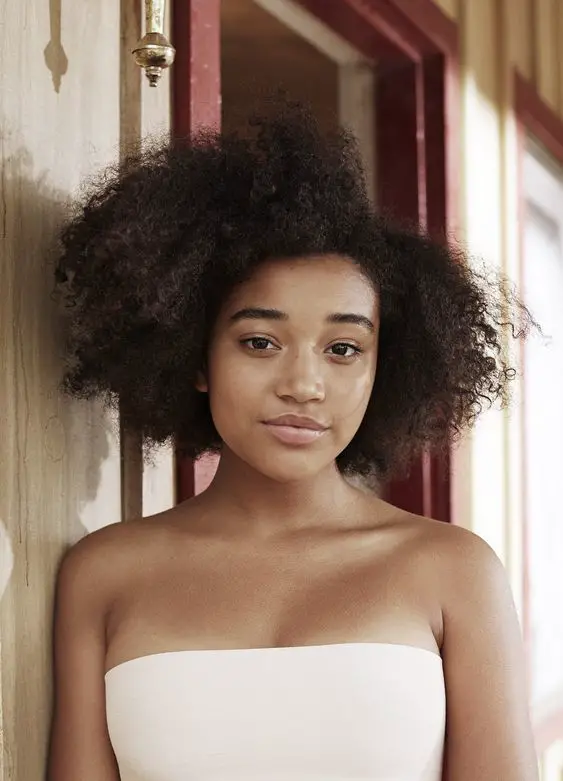
The hair strands of the 4B type are densely packed and can be bent in sharp angles similar to the letter Z.
Concern:
They are quite thick and thus need special care.
Fix:
Using styling creams that can work for coils and lumps is important.
Type 4C
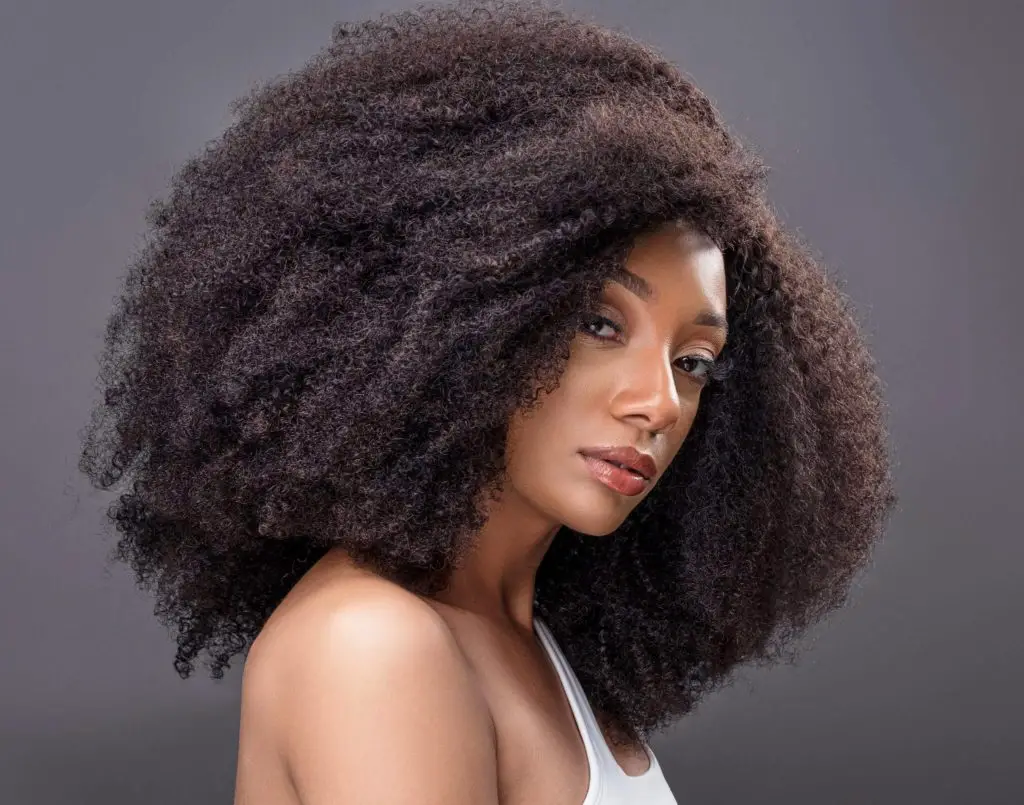
4C type of hair’s texture is similar to that of 4B. They are tightly coiled and are most fragile. It has a tight zigzag pattern that is almost indiscernible to the eye.
Concern:
The major concern of this type of hair is shrinkage and dryness.
Fix:
One should use a liberal amount of leave-in moisturizer. Castor oil can also work as a great hydrator.
So these are the types of curls and how you can identify and take care of them for your convenience.
Is it possible to loosen your curl pattern?
Loosening, commonly referred to as stretching, your curl pattern makes your hair look longer and fuller. Stretching your curls also expands your styling options, and it’s a good way to alter your curl pattern without using any heat. … Apply conditioner throughout your hair, from root to tip.
Why are my curls so stringy?
Raking in products or using a brush or comb for styling – Raking in products or using combs and brushes can break curl clumps and cause thin, stringy curls, especially in looser curl types. If you have to do that, scrunch in some water AFTER applying the products so that your hair clumps up again.
How do I find my natural curl pattern?
The flatter or more oval-shaped the follicle, the curlier your hair; the more circular the cross-section, the straighter your hair. The shape also identifies your curl pattern that the strands of hair make, whether they kink, curve, or wind around themselves into spirals,” says hairstylist Vernon François.
How long does it take to see your natural curl pattern?
If you have been shingling, you will find that your curls are growing in the right direction without added work. Two to three years: This is the usual length of time that transitioning takes.
Can ponytails ruin curl pattern?
You Sleep With Your Hair Down or In a Tight Ponytail/Hairstyle. Sleeping with your curls down can cause frizz and damage. It can also cause breakouts if you are using styling products. Also, tight hairstyles/ponytails are never a good idea for our fragile curls.